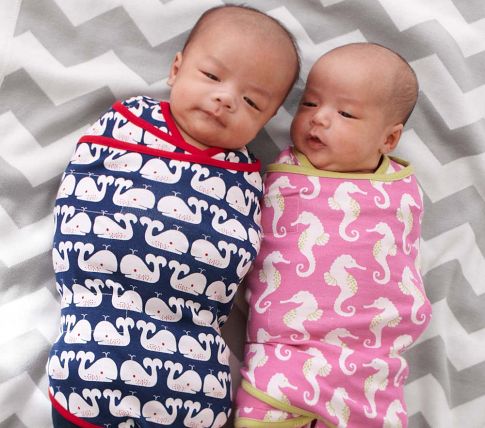The pink and blue problem
Pink and blue, one
of the most common colors in the world, are regarded as the most basic colors for babies. This
trend originated in the mid-19th century, however, originally, the two colors
were not promoted as gender signifiers until just before World War I.
 |
| January 2017 |
What are the
implications of associating colors with gender?
Well, for
starters, culturally constructed, gender norms, are often generalized,
developing stereotypes over time.
"The reason
is that pink, being a more decided and stronger color, is more suitable for the
boy, while blue, which is more delicate and dainty, is prettier for the girl,”
claims a June 1918 article from the trade publication Earnshaw’s
Infants’ Department.
In fact,
subsequent to the 1940, manufacturers initiated the production of
pink items for baby girls and blue items for baby boys. Eventually, this
trend spread into what we now refer to as a gender stereotype.
Furthermore, a
serious implication when considering these two colors is the idea that pink
becomes "girly" and if boys use this color they become
"feminine."
 |
| June 2013 |
This sort of
ideology, stemmed from media, in which colors tend to reflect towards
masculinity and femininity, instills within children from
a young age, that these colors correspond to a particular gender and if one of
your gender wears the opposite color it is "socially taboo"
Take, for example
Pottery Barn Kids, a world renowned store that sells children items.
As demonstrated by
the pictures above, the perception that blue is a boy’s color and pink is
a girl’s color is found in the advertisements. This can be seen in all the advertisements where the distinct difference of colors (pink for girls and blue for boys) is used to promote children's products This, thus integrates within our
minds, subconsciously, that these colors are only acceptable for these
genders, due to the prevalence of the stereotype and the implementation of it in our day-to-day lives.
 |
| January 2018 |
However, this sort
of thinking only misrepresents the facts and objectifies kids, in which it creates
a wrong sense of perception among people.
The most common
misconception among parents is that they sometimes cut boys off from the
pink color, since they might “turn out gay."
This
sort of “labeling” or “generalization” has an impact on multitudes of
people and shapes the way society acts. Recently, an awareness of the
pink and blue problem arose, as people are now demanding more gender neutral
colors. This is an improvement that should help subside gender stereotypes. Nevertheless, the true problem will not be solved until the association of colors to genders are completely abolished.
Very good job on your analysis, it was straight and to the point. I agree with that fact that colors associated with genders is a negative thing especially since colors come with meanings. Painting girls and boys with a color saying that one is dainty and the other decided creates the wrong perception in people and raises kids to conform to a negative stereotype.
ReplyDelete